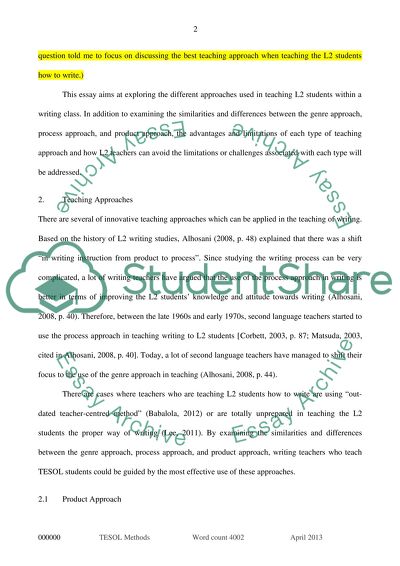Cite this document
(“Effective approaches in teaching Second language Essay”, n.d.)
Retrieved de https://studentshare.org/education/1404402-effective-approaches-in-teaching-second-language
Retrieved de https://studentshare.org/education/1404402-effective-approaches-in-teaching-second-language
(Effective Approaches in Teaching Second Language Essay)
https://studentshare.org/education/1404402-effective-approaches-in-teaching-second-language.
https://studentshare.org/education/1404402-effective-approaches-in-teaching-second-language.
“Effective Approaches in Teaching Second Language Essay”, n.d. https://studentshare.org/education/1404402-effective-approaches-in-teaching-second-language.


